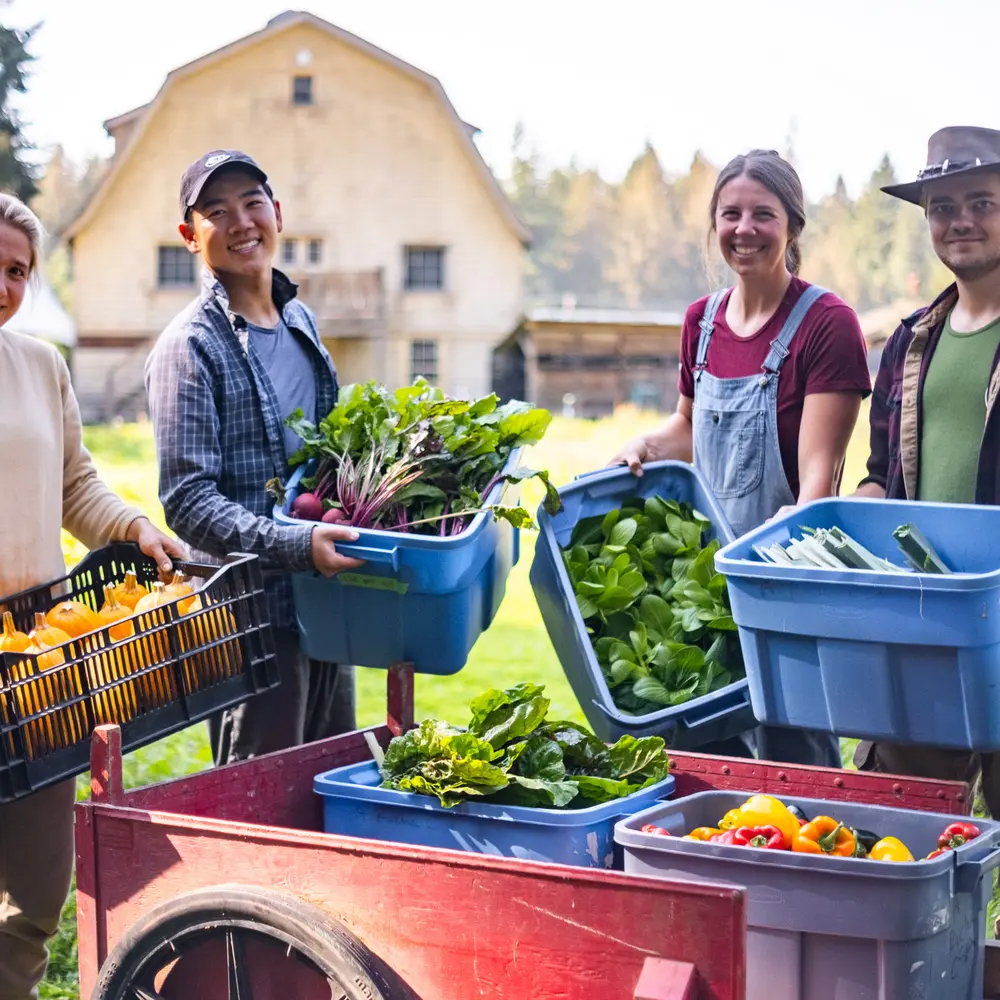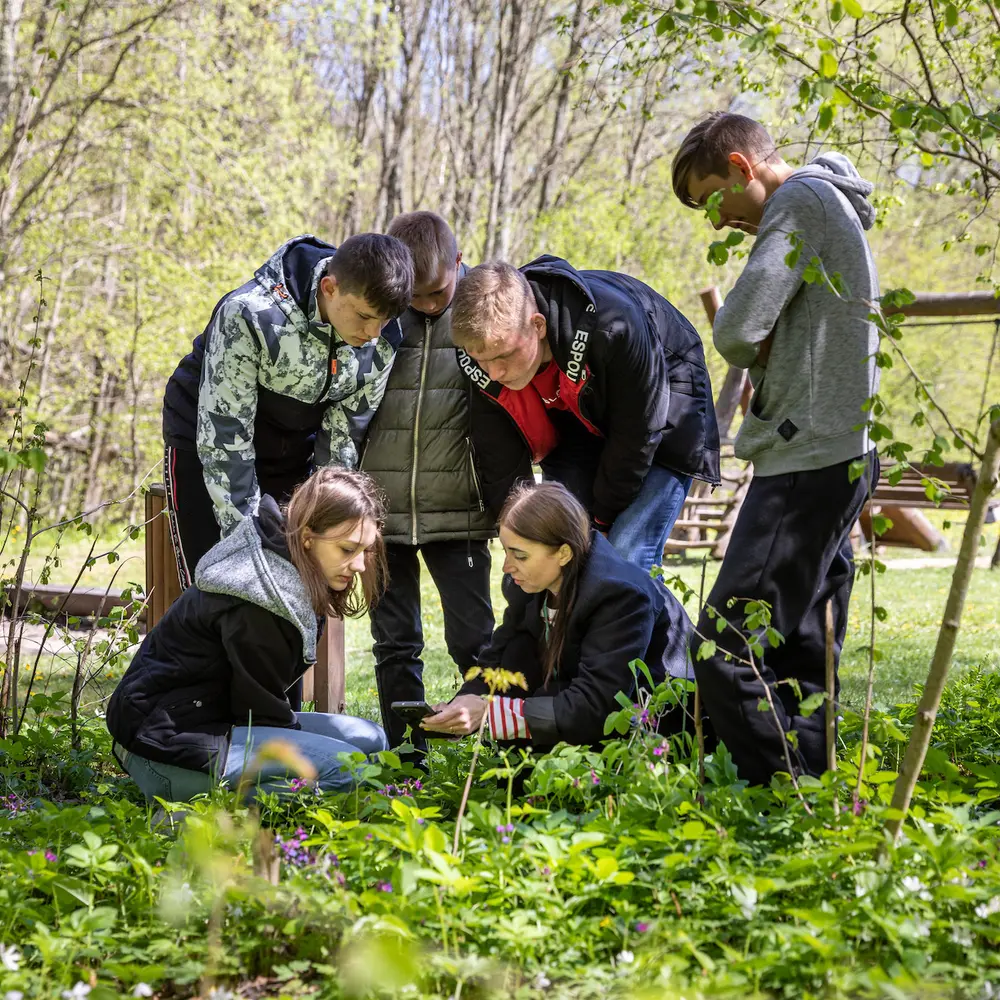In addition to grants, the Murdock Trust offers capacity-building programs designed to strengthen nonprofits. When participating in one program helps enable success in an organization’s work down the line, we call it the ripple effect. The Stories of Impact series on our website helps shed light on the outcomes driven by some of the outstanding organizations the Murdock Trust has been fortunate to have in support in recent years through grants and programming.
“In the nonprofit sector we feel like we have all these urgent issues right in front of us. But for people feeling that way, it is very worthwhile to take a step back and zoom out on your organization as a whole with your board.”
Ali Rabe joined Jesse Tree of Idaho as its first full-time executive director in 2019. As a new leader of a nonprofit working to prevent eviction and homelessness in the Treasure Valley, it would have been easy to focus only on the immediacy of the challenges in front of her community. But Ali and her board invested time in developing board expectations, processes, and commitments that have helped set up the organization for sustainable service ever since.

In 2019, Jesse Tree had four board members. Within two years, the board tripled in size, resulting in twelve board members committed to the mission and motivated to govern well but with varying levels of board experience. Participating in the Murdock Trust’s Board Leadership & Development program gave them dedicated time to step back and invest in their long-term board vision.
“We didn’t have a lot of processes in place,” says Ali. “We needed to formalize the policies and level-set the role of the board versus the role of the staff.”
Through multi-day trainings, focused work sessions around the Board Leadership curriculum, and a dedicated retreat facilitated by their faculty coach, Ali, the board chair, and an additional board member gained clarity on the characteristics of a high-performing board and developed a path to get there together. They created a strategic plan with KPIs, an annual affirmation statement that clarified board roles and term limits, and a matrix for board responsibilities in given situations.

“We did an exercise on the different issues that might come up, and we clarified where the board would step in and be responsible versus where I would just need to keep them informed,” says Ali. “That really helped me as a newer executive director to feel empowered to make decisions and just keep them informed.”
Three years after the training, Ali says the Jesse Tree board is in a place of maturity and stability, in part due to the time and intentionality of the training.
“We’re in such a good place now. We have just a great board: fourteen really strong members who clearly understand their roles and responsibilities and are excited about what we’re doing, but know how to channel that excitement in a way that is helpful and doesn’t take up too much staff time.”
This board strength and stability trickles down to every level of the organization. Jesse Tree staff have a clear sense of how the board fits into their work. This has contributed to over 90% staff retention and an engaged team who knows they have the support of their board.

“Oftentimes we’re serving people who are in crisis, and are always feeling that need to address what’s immediately in front of us. [But it is worthwhile to step back] and think through how you can be more effective and efficient as an organization and as a person. Ultimately, that is going to allow the nonprofit sector to improve and grow and serve people better.”







